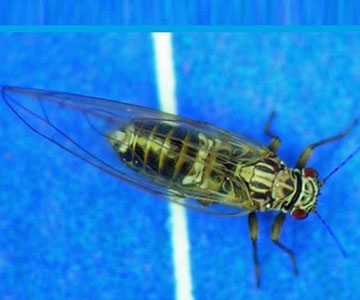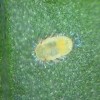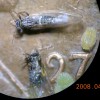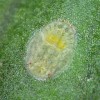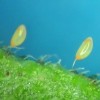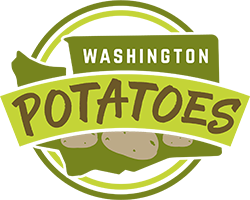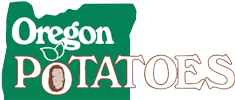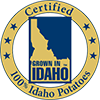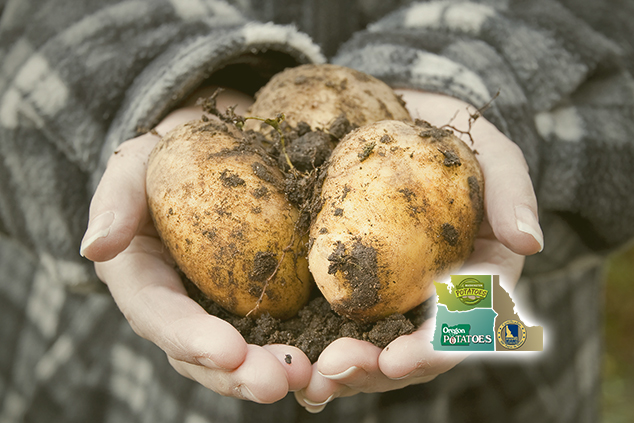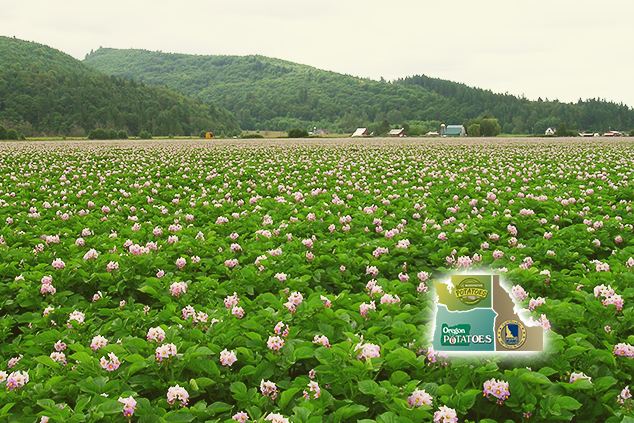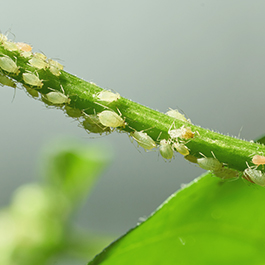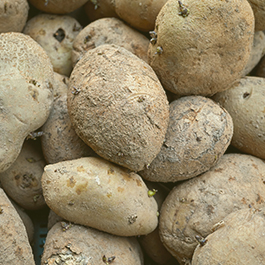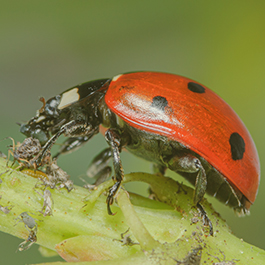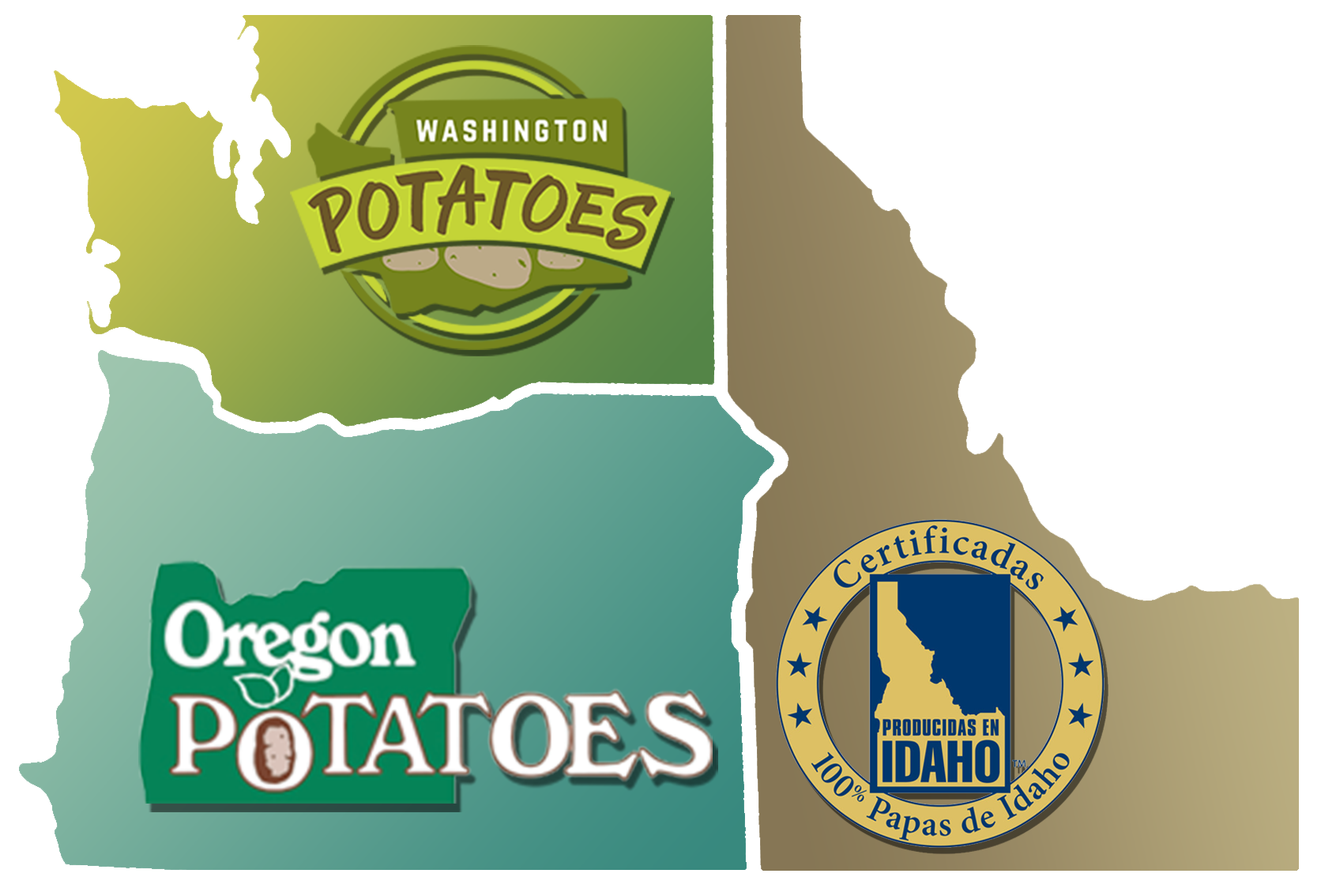Potato Psyllid
General Biology and Crop Damage:
Adult psyllids resemble miniature cicadas, while the immature stages are scale-like and mostly sedentary (much more sedentary than aphids). Feeding of immature stages causes a physiological foliage disorder known as “psyllid yellows” in potatoes. Symptoms of psyllid yellows are very similar to those caused by phytoplasmas transmitted by leafhoppers. No laboratory test can confirm psyllid yellows; rather, symptomatic plants that test negative for phytoplasmas often are assumed to have psyllid yellows. In western U.S.A. and in Mexico, Central America, and New Zealand potato psyllid transmits a bacteria-like organism that causes a syndrome called “zebra chip” (ZC), named after the characteristic discoloring of the tuber flesh in affected plants.
Biology and Life History:
Potato psyllid is normally be found in potatoes east of the Cascade Mountains beginning in June. It was previously thought to migrate here from other regions of the country, but this was never demonstrated. Research during 2011 – 2014 showed overwintering of this psyllid in Oregon, Idaho, and Washington in association with the perennial weed called bittersweet nightshade (Solanum dulcamara). The relative significance of this overwintering life style versus long-range migration is still uncertain. Damage caused by ZC in recent years shows that the Northwest potato industry should be vigilant for early and severe psyllid arrival in potatoes each year. The ZC pathogen, a species of Liberibacter, is acquired by psyllids during feeding, and once infected a psyllid can potentially remain infective throughout its life. Most psyllid populations have a low infection rate – far below 10%, with a range of 1-2% being more typical.
Scouting and Thresholds:
The most commonly used scouting method for psyllids is yellow sticky traps. Psyllid adults are active flyers and are attracted to yellow, but traps must be placed inside crop fields. This differs from monitoring beet leafhoppers, which feed and reproduce outside potato fields. Psyllids feed specifically on potatoes and are rarely caught on yellow sticky traps deployed outside potato fields to catch beet leafhoppers. There are several native psyllid species that are routinely caught on yellow sticky traps in the Northwest, so knowing how to recognize potato psyllid is important. For information on using yellow sticky traps to monitor potato psyllid flight, see this guidance document.
Management:
Biological control: Since nymphs are essentially sedentary, they likely are fed upon by a wide range of predators. There has been little research or observation on psyllid biocontrol in the PNW.
For chemical management, please refer to documents or links posted here.

